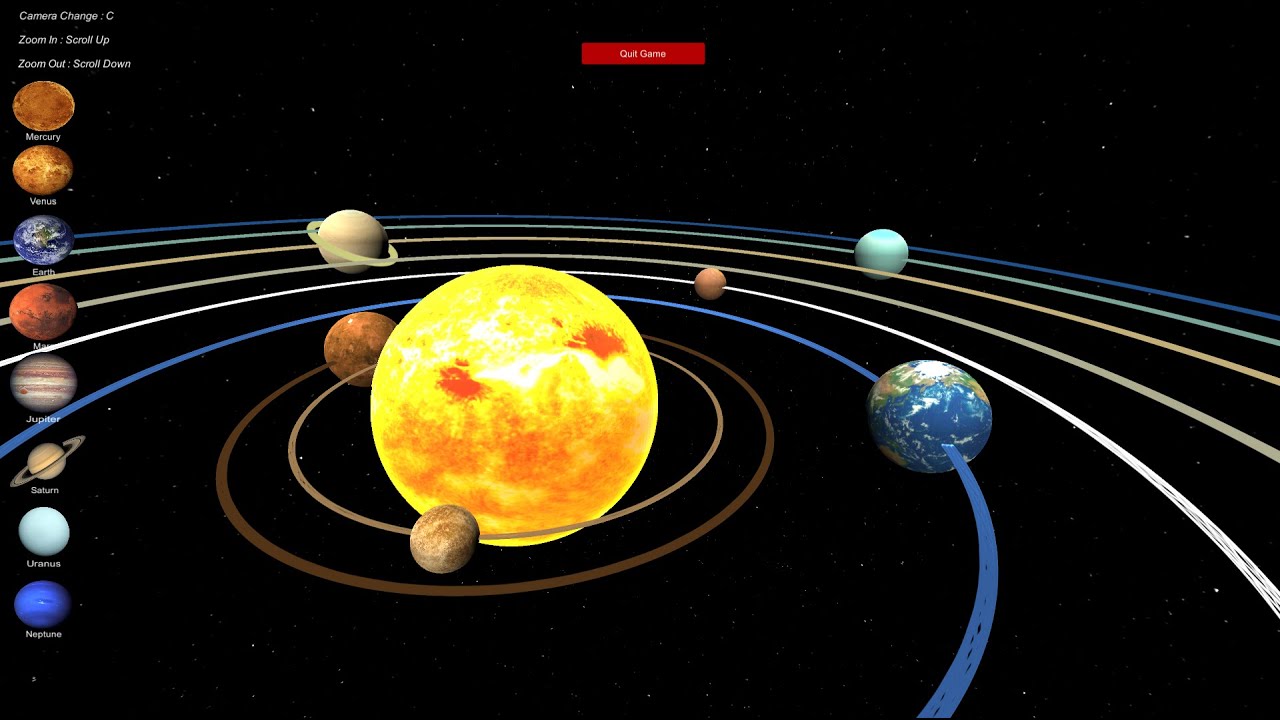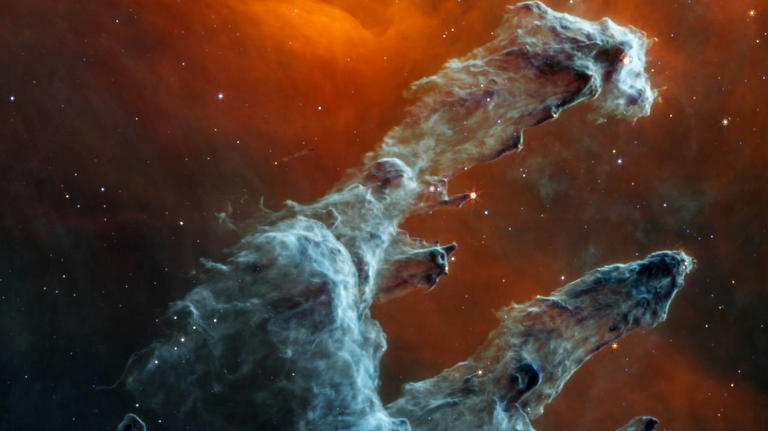Understanding Planetary Migration’s Impact on the Exoplanet Radius Valley
Deciphering the Mystery of the Exoplanet Radius Valley Through Planetary Migration
In the cosmic dance of celestial bodies, the migration of planets from their nascent orbits presents a fascinating puzzle in the study of evolved planetary systems, like our Solar System. This phenomenon of inward or outward movement could be the key to unlocking the mystery behind the enigmatic radius valley – a peculiar scarcity of exoplanets about twice the size of Earth, leaving researchers intrigued for years.
The Puzzle of the Radius Valley
Not too long ago, a reevaluation of data from the Kepler space telescope unfolded a conundrum that has since puzzled astronomers: a notable deficit of exoplanets within the size bracket around two Earth radii. This observation was both unexpected and validating, confirms Remo Burn, an esteemed exoplanet researcher at the Max Planck Institute for Astronomy. With fellow researchers predicting such a gap prior to its discovery based on advanced models, the question then morphed from “if” to “why.”
The Predominant Theory and Its Limitations
Until recently, the prevalent theory suggested that planets lose some of their primordial atmosphere due to the intense irradiation from their stars, predominantly volatile compounds like hydrogen and helium. However, this theory somewhat overlooks the compelling role of planetary migration, a movement of planets within systems, which has been a recognized phenomenon for approximately four decades.
Unraveling the Role of Sub-Neptunes
Dissecting the radius valley, we encounter two distinct classifications of exoplanets: rocky beings known as super-Earths and their somewhat larger cousins, the sub-Neptunes. The absence of sub-Neptunes within our Solar System makes their structure and makeup slightly elusive, posing questions about how their distinct characteristics might contribute to or even create the radius gap.

The Migration and Evolution Connection
Recent simulations suggest a fascinating twist: the journey of sub-Neptunes from icy origins to warmer vicinities near their star transforms these planets, shedding light on the radius valley mystery. Julia Venturini from Geneva University, backing this paradigm, elucidates how sub-Neptunes might start with sizes that fit within the observed gap. Their trek towards the star metamorphoses ice into a thick water vapor atmosphere, consequently increasing the planet’s size in observational data.
Physical Simulations: Bridging Theory and Observation
Drawing from years of collaborative research and refined physical models, the Bern-Heidelberg team’s simulations offer a nuanced understanding of this complex process. These simulations traverse the gauntlet of planet formation, atmospheric development, and crucially, radial migration. Thomas Henning, MPIA Director, emphasizes the pivotal role of water’s physical properties in these simulations, enabling a realistic portrayal of sub-Neptune evolution and their expanded atmospheres.

Prospects for Discovering Water Worlds
The implications of these findings extend beyond resolving a statistical gap; they hint at the tantalizing possibility of water worlds with vast oceans, potentially teeming with life. Both observational tools like the James Webb Space Telescope (JWST) and forthcoming technologies like the Extremely Large Telescope (ELT) are pivotal in testing these theories, potentially identifying planets based on their compositions and sizes.
Looking Ahead
While the current model closely mirrors observed planetary distributions, some discrepancies await resolution. These challenges, far from being setbacks, present opportunities to deepen our understanding of planetary migration and its myriad effects on planetary systems.
In conclusion, the journey from an icy birth in the peripheries of a star system to a warmer, vibrant existence closer to the star unveils not just the lifecycle of sub-Neptunes but also enriches our broader comprehension of the universe’s architectural marvels. As we stand on the cusp of new discoveries, each celestial puzzle piece we place not only answers old questions but also unveils a galaxy of new mysteries.





Leave a Reply
Want to join the discussion?Feel free to contribute!